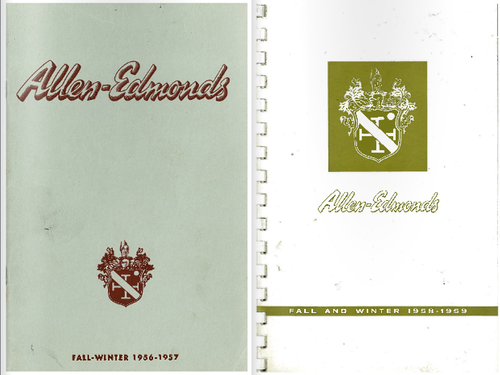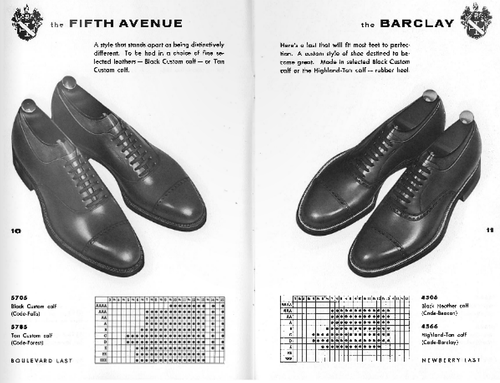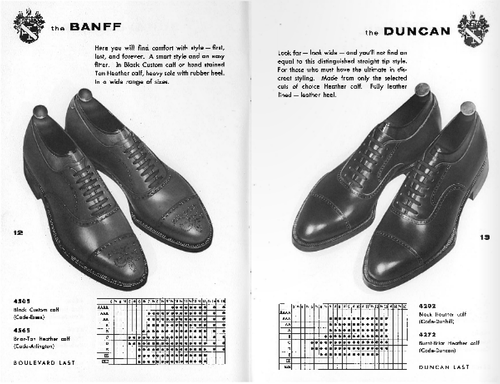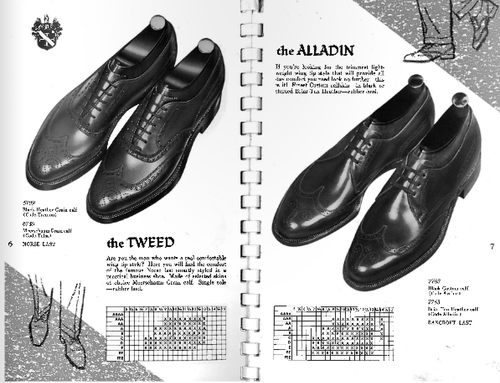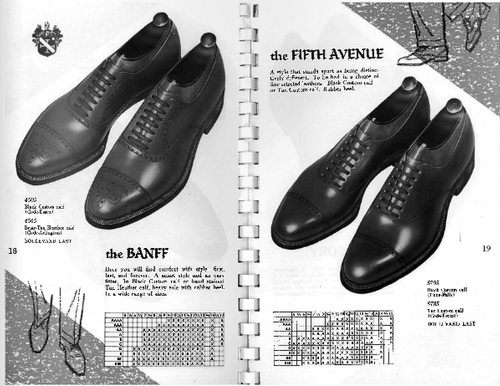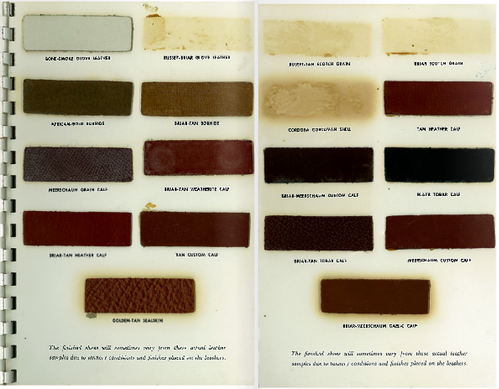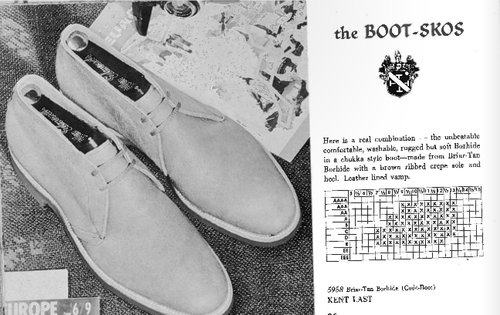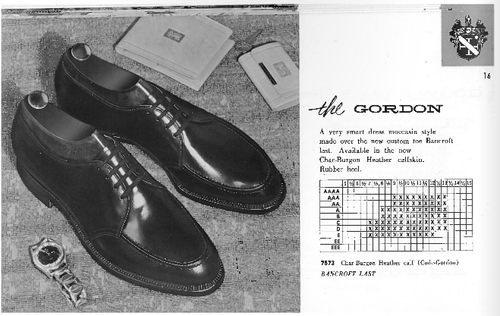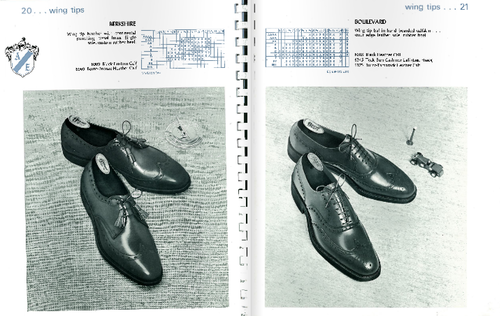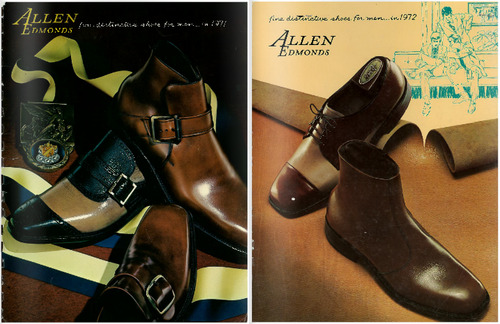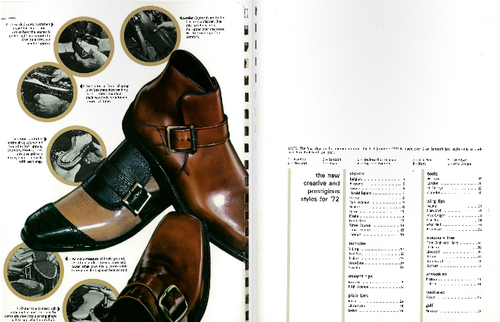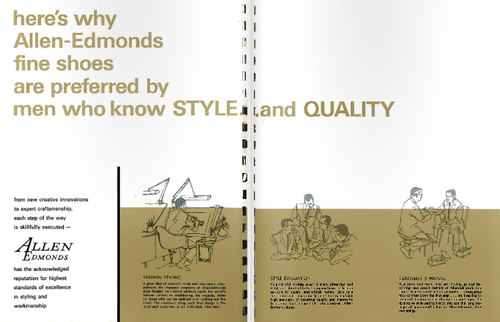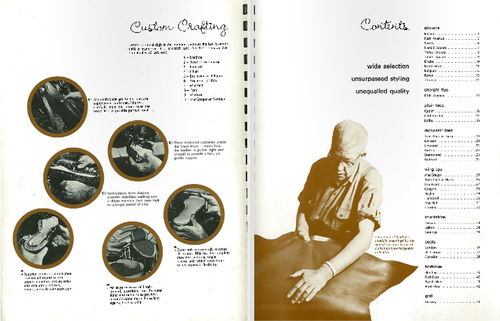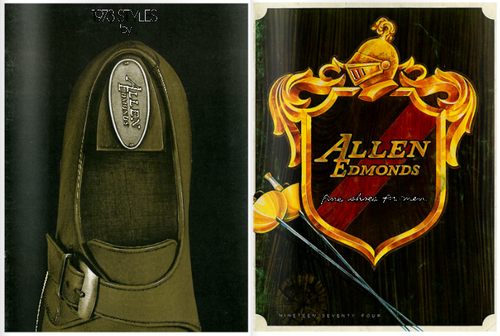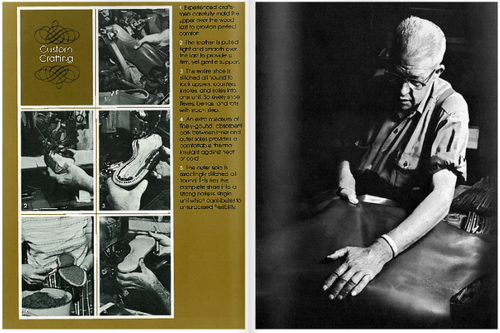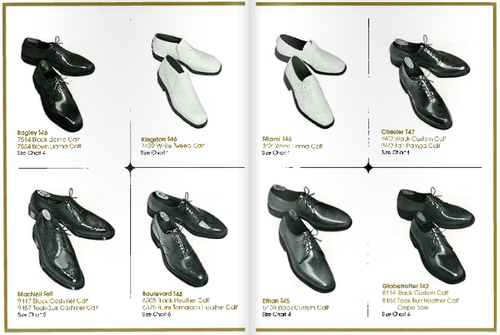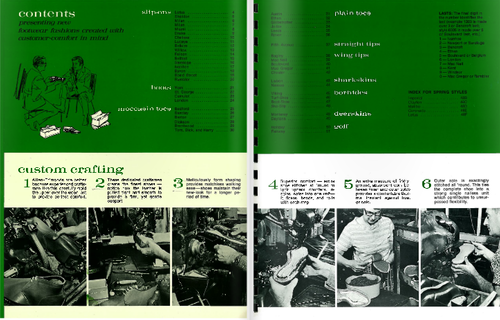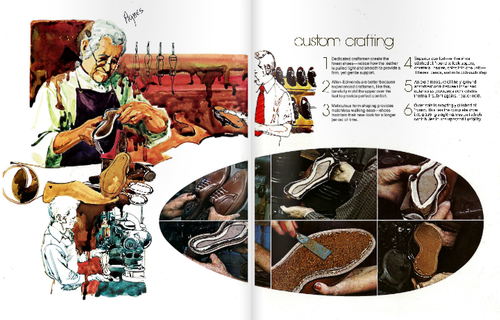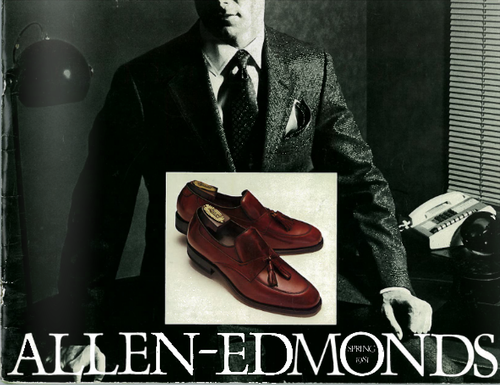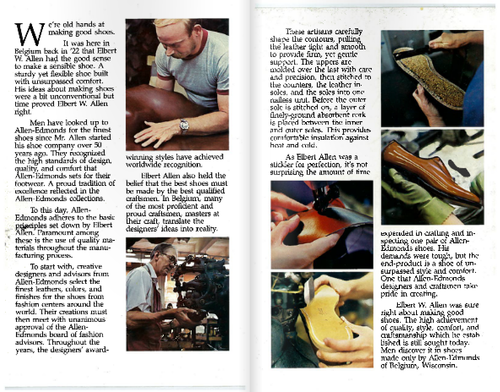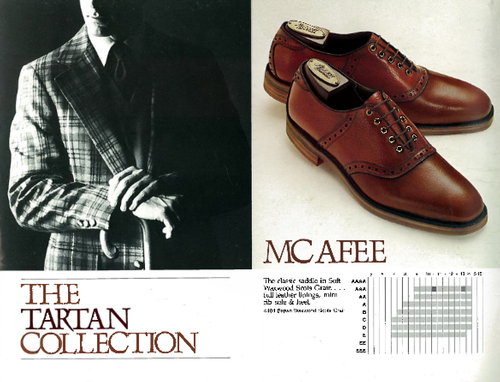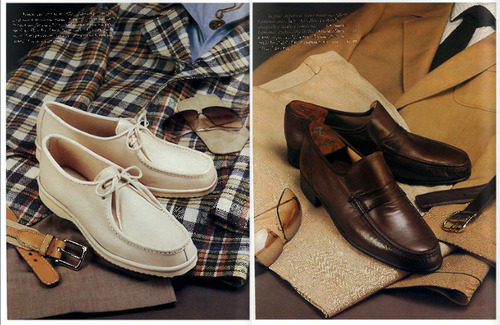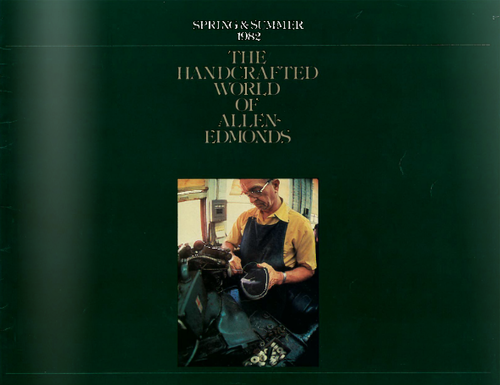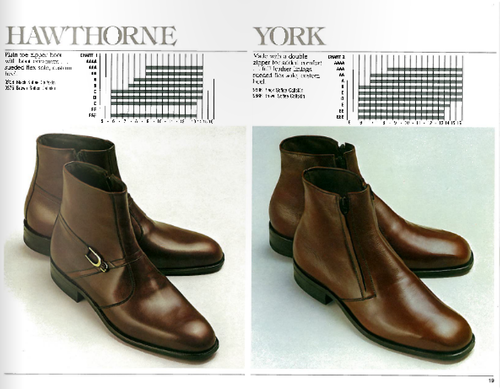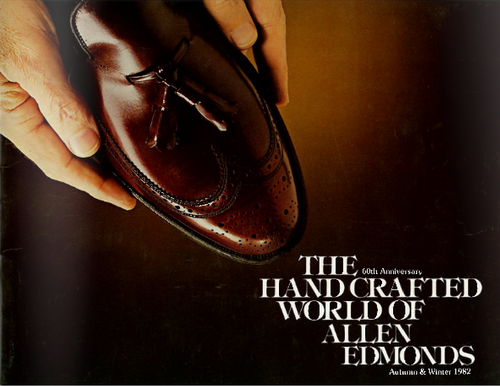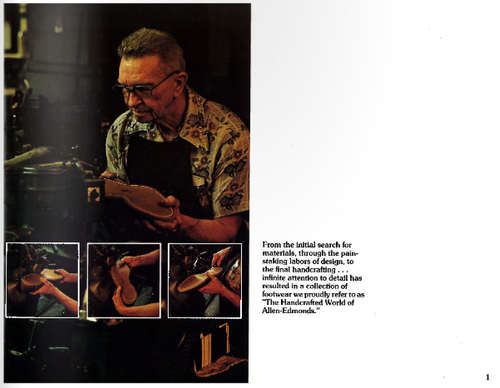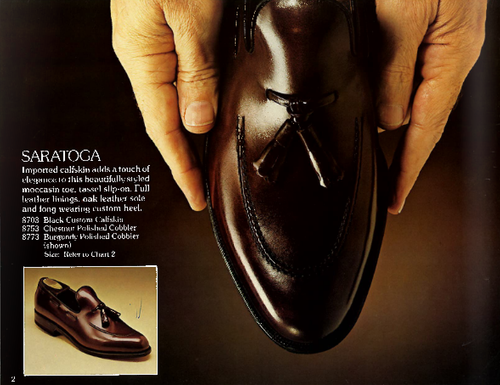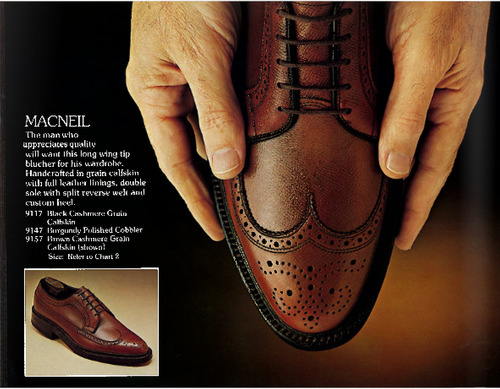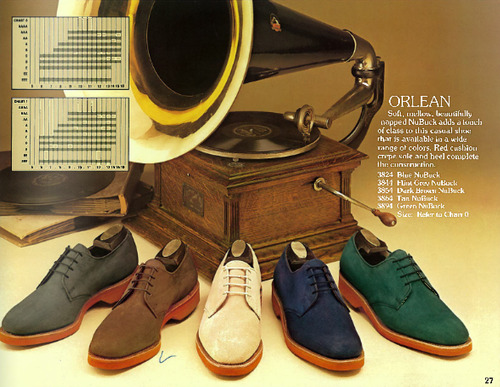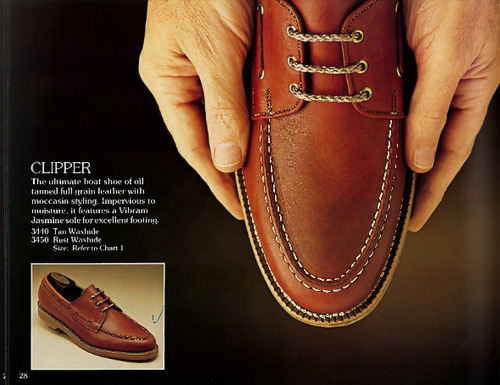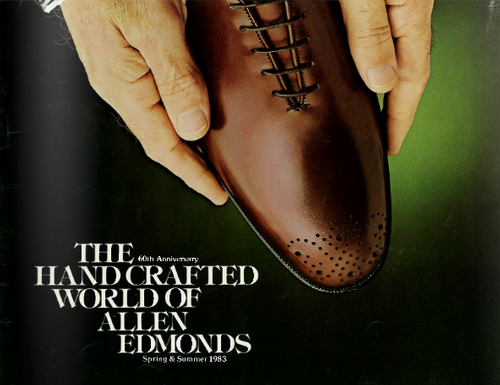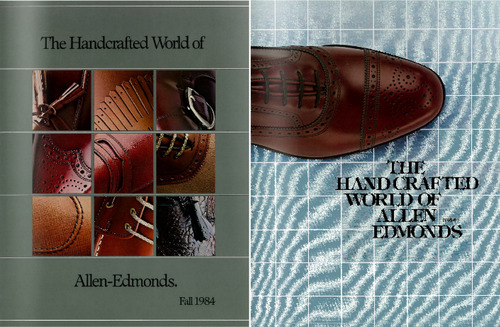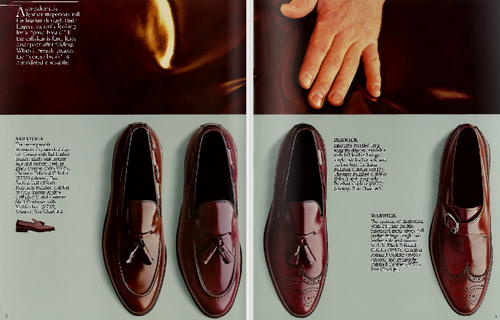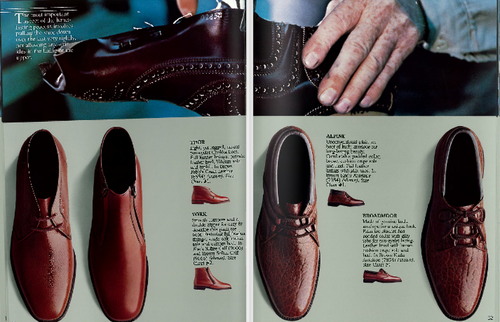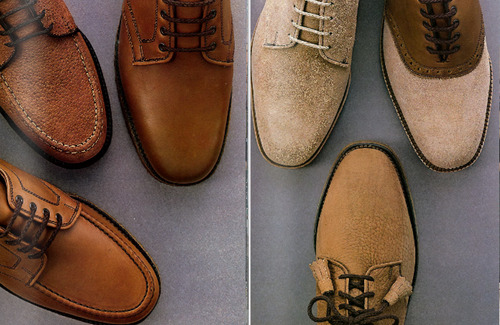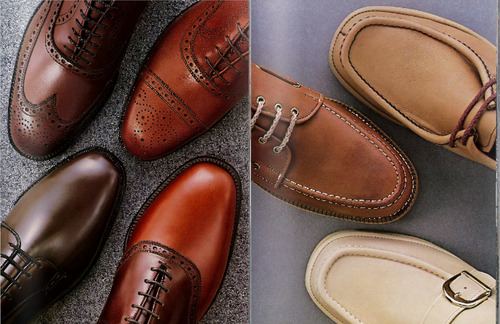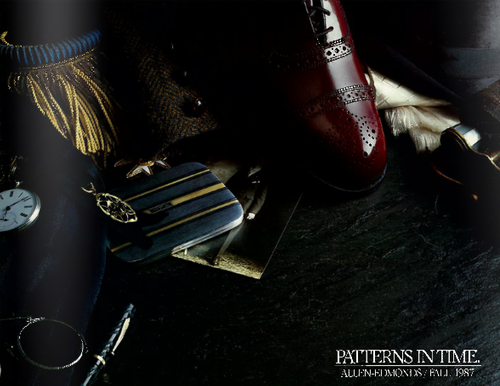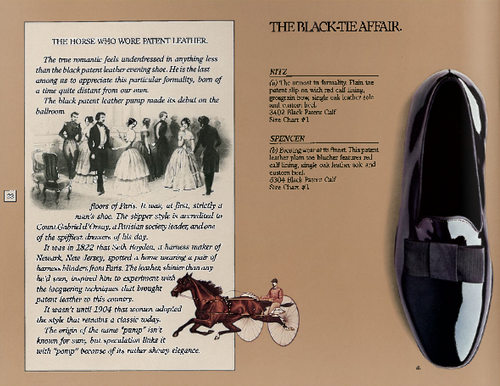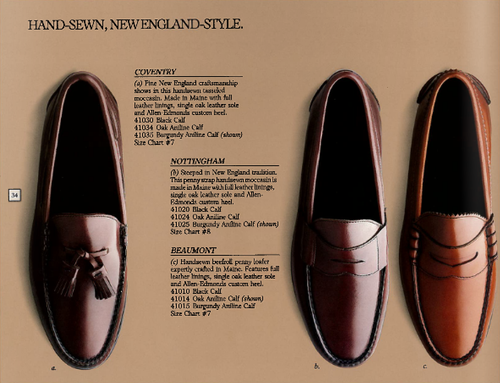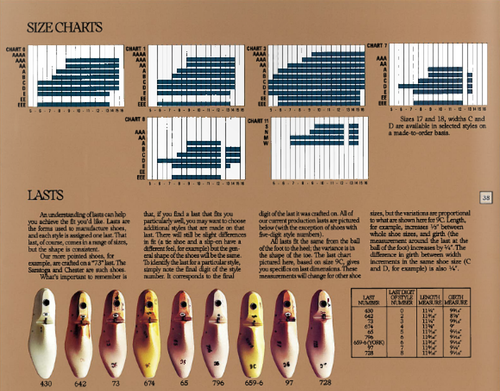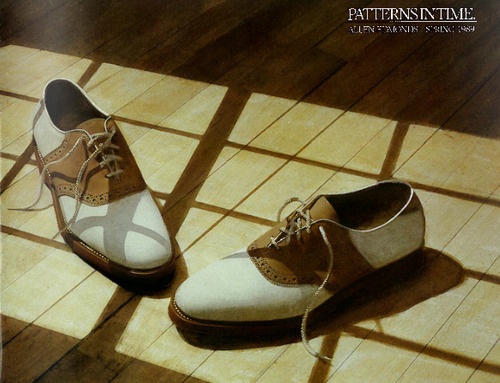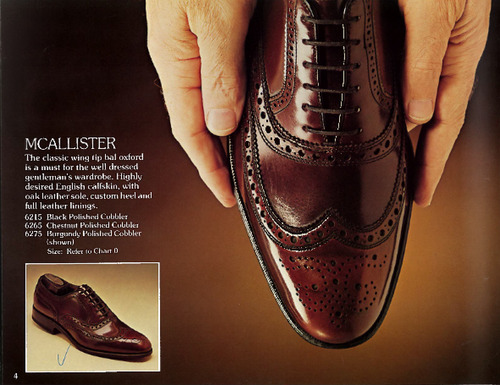
Step into any vintage shop today and you’ll find the surviving traces of a once-great American footwear-manufacturing sector. To sure, good shoes are still being produced in the US, but the industry isn’t what it used to be. Its last heave was in the 1940s and ‘50s, when companies were bolstered one last time by a boom in sales – first from the US government, who needed to supply troops abroad with quality shoes, and then from the growing domestic workforce in the immediate postwar period.
Since the ‘60s, however, things have gone into steep decline. The introduction of affordable synthetics and increased competition from abroad have forced many companies into producing cheap crap. Just compare anything made nowadays by firms such as Stacy Adams and Bass, to what they produced seventy-five years ago, and your mind will be blown.
Today, there are only a few companies that still produce in the US, unless you count the small number of handsewn moccasin manufacturers and few bespoke makers of cowboy boots. Of the big companies, most have off-shored much of their production, even if they’ve kept some of it here. Heck, even some shoes stamped “Made in the USA” aren’t necessarily made here at all. When Allen Edmonds was sold in 2006, for example, and ownership passed from John Stollenwerk to the Minnesota-based equity firm Goldner Hawn Johnson & Morrison, the company shut down their Lewiston, Maine factory and opened a new one in the Dominican Republic. There, some shoes are half produced and then sent back to the company’s main plant in Port Washington, Wisconsin, where they’re “finished” and stamped with a “Made in the USA” label, while others are fully produced in the Dominican Republic and correctly labeled as such.
Not that I necessarily blame them, to be honest. Competition has been stiff, and Allen Edmonds is one of the few holdouts for American manufacturing (partially, fully, or otherwise). In 2008, Goldner Hawn had to invest another $10 million into their shoe company just to keep doors from closing, while other investors simply wrote off their stakes and backed out. Goldner Hawn has since sold their shares to a private equity firm in Los Angeles, and it’s said they made a profit on their investment, but the future of Allen Edmonds is still unclear.
In any case, here are some scans of vintage Allen Edmonds catalogs, which span from 1956 to 1988. Some might call these the Golden Years of American footwear. Others might say they were the Golden Hour.
